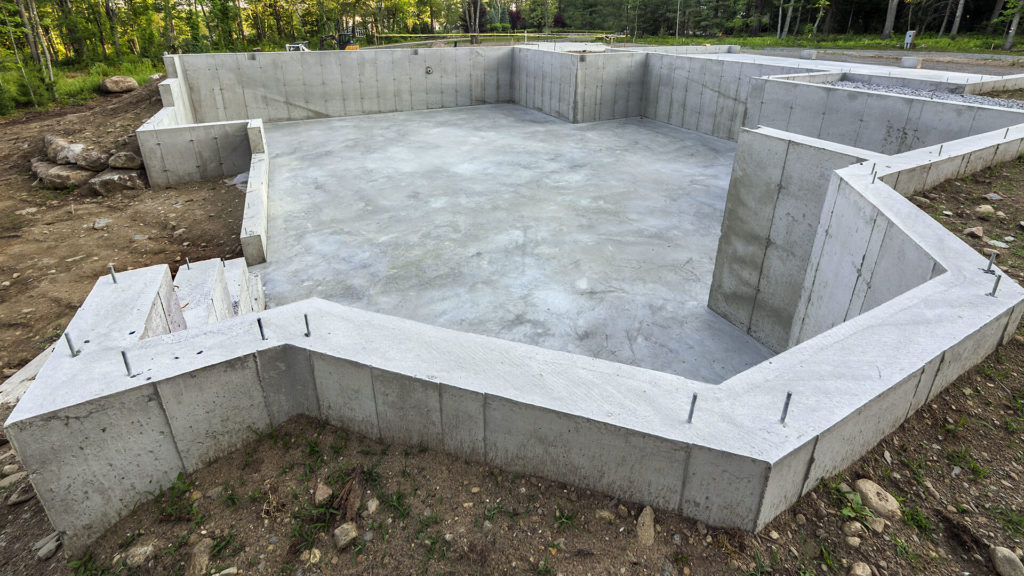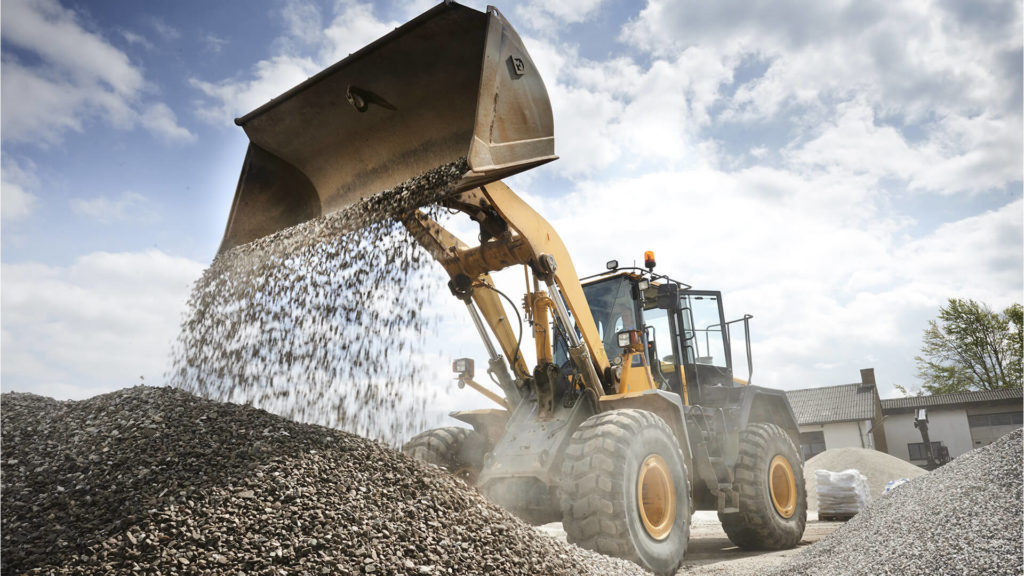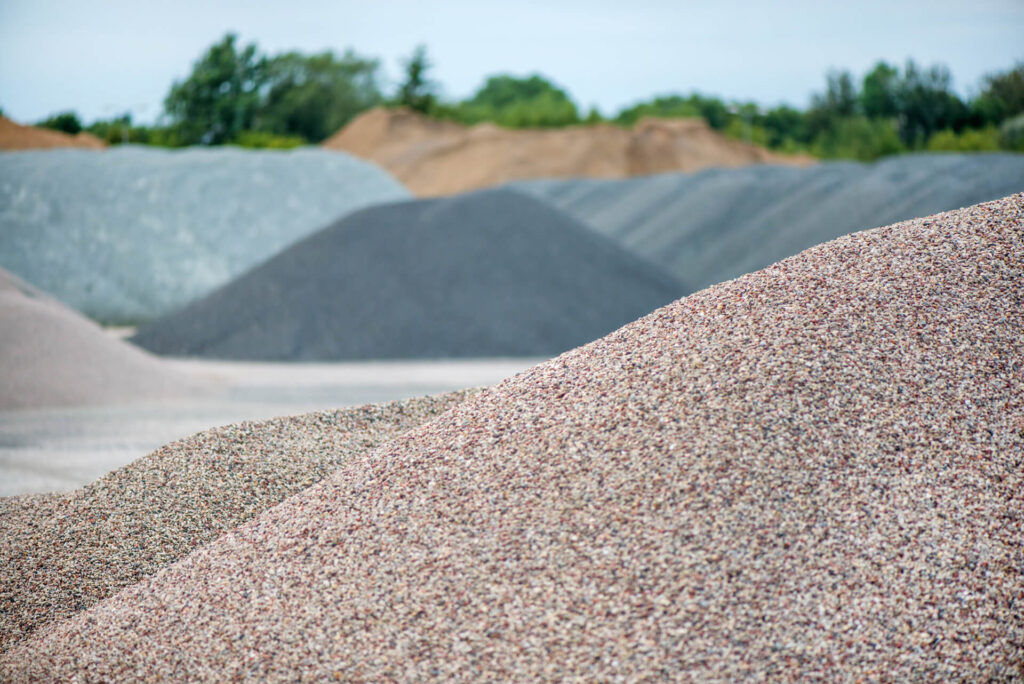According to Michigan State University, topsoil that is dark and free of weed isn’t necessarily good. The only way to know for sure is to have it analyzed, which is why we test our top soil from time to time to ensure quality. And to help you understand what you’re getting, we had the numbers in the soil report interpreted by a certified agronomist.
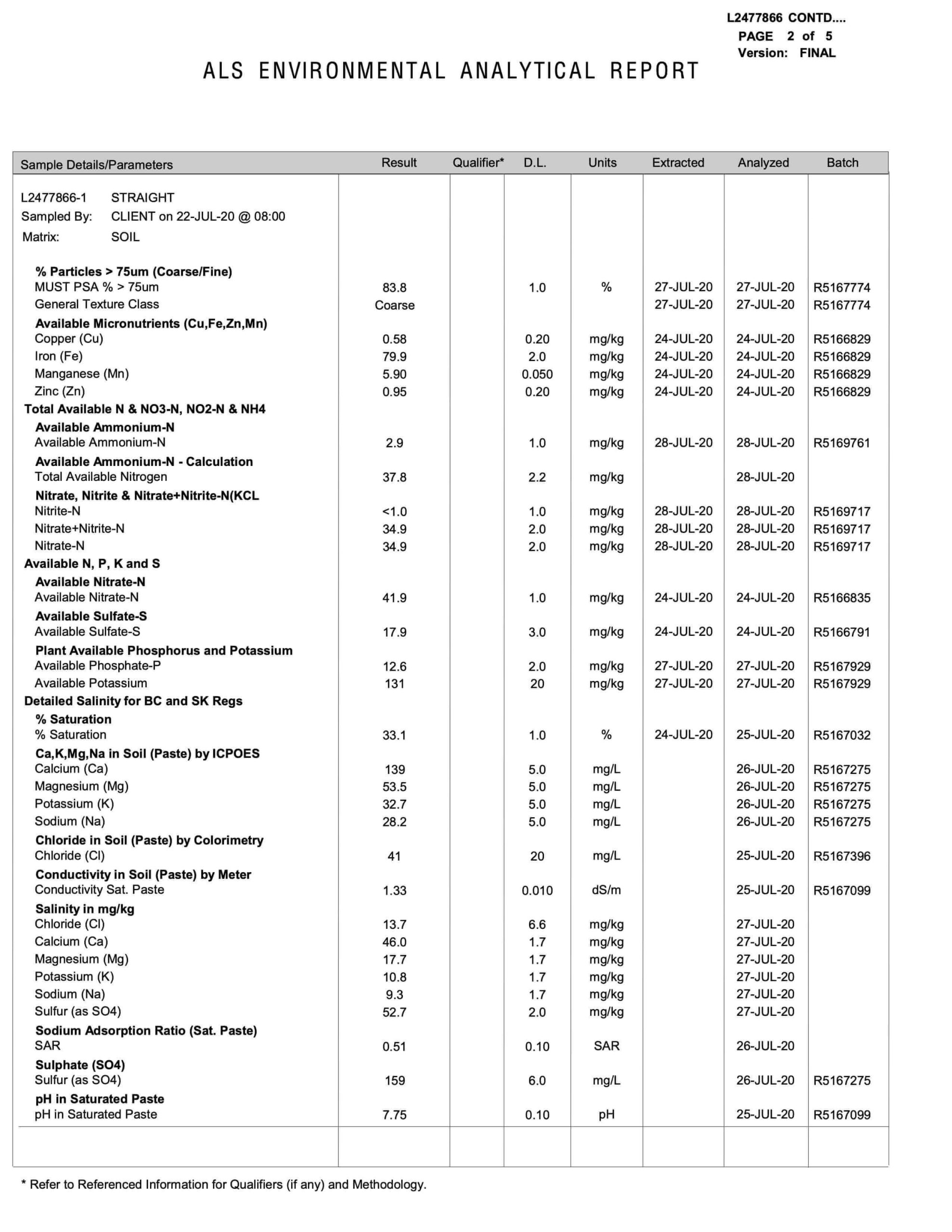
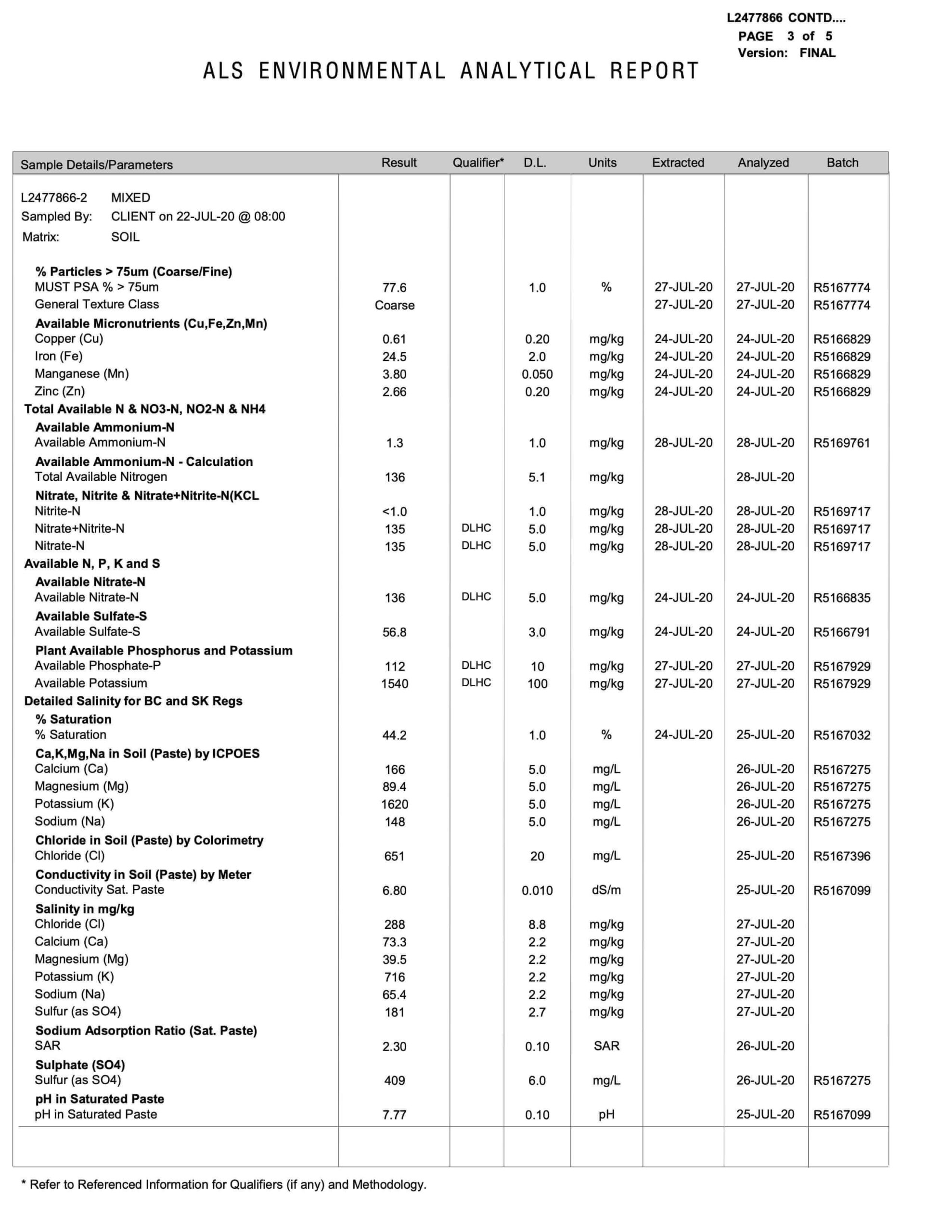
Basics in Plant Nutrients
All crops require 17 essential elemental nutrients to grow, which are broken into the components of macronutrients and micronutrients; they are designated into these two categories by how badly a deficiency potentially impacts a plant.
Macronutrients
Nitrogen, phosphorus, potassium and sulphur are the most vital and will most likely require fertilizing to maintain crop health. Calcium and magnesium are rarely deficient in Saskatchewan due the nature of the soils. On the other hand, hydrogen, oxygen, and carbon are not supplemented by fertilizer in agricultural environments, but they are still critical. If they are deficient, it can be dealt with by changing the organic matter of the soils instead of adding them.
Micronutrients
The micronutrient of plants only needs fertilizer in small amounts, and the value required varies significantly by crop and management practices. These micronutrients are boron, chloride, copper, iron, manganese, molybdenum, nickel, and zinc.
Numbers from Our Top Soil Test
Nitrogen
Nitrogen (N) is the highest depleted resource but is also the most limiting to plant growth when deficient. Nitrate and nitrite are two of the nitrogen compounds needed by plants. However, nitrite is less plant available and relies on the nitrogen cycle to become plant available. In nature, plants utilize nitrate as an essential nutrient without needing to convert it, which is why nitrate is used in conventional fertilizers.
| Straight Topsoil | Mixed Topsoil with 1/3 Manure | |
| Ammonium N (mg/kg) | 2.9 | 1.3 |
| Total Available N (mg/kg) | 37.8 | 136 |
| Nitrite NO2− (mg/kg) | 1 | 1 |
| Nitrite+nitrate (mg/kg) | 34.9 | 135 |
| Nitrate NO3- (mg/kg) | 34.9 | 135 |
| Available Nitrate (mg/kg) | 41.9 | 136 |
These test results suggest that our straight top soil would be a good soil amendment when there is not enough topsoil to sustain plant life. It can be added at any time necessary but would require fertilizers for optimal plant growth. On the other hand, our mixed topsoil has enough plant available nitrogen comparable to most fertilizers on the market; therefore, it makes it an excellent amendment to be added before seeding with tillage.
Phosphorus
Phosphorus (P) is the second most added element for plant health and is applied on about 85% of the cropland in the Western Canada. Plants need phosphorus throughout their life cycle, especially during early growth stages for cell division and later redirected for use in seed formation. Some manures are higher in phosphorus than nitrogen, so application of manure alone to match the crop nitrogen requirement can lead to phosphorus build up leading towards toxicity. Recovery varies widely depending on soil type and conditions, erosion control, the crop grown and application method used. A year or two of over-application without high soil erosion rate is not detrimental.
| Straight Topsoil | Mixed Topsoil with 1/3 Manure | |
| Available Phosphate (mg/kg) | 12.6 | 112 |
The nitrogen to phosphorus ratio is essential for deciding fertilizers for farming practices. The test results above show that our straight topsoil has sufficient phosphorus for a top soil replacement but would require fertilization for large amounts of plant growth. In contrast, our mixed product has a nearly 1:1 ratio of nitrogen to phosphorus additions. This ratio is a little high in phosphorus to be competitive with synthesized fertilizers but competitive with most manures and compost materials.
Potassium
Potassium (K) plays the most roles in plant development and can create the widest variety of issues when deficient. This is especially true for fruit bearing stages with sandy loam to loamy sand soils and peat soils being particularly at risk for potassium deficiency.
| Straight Topsoil | Mixed Topsoil with 1/3 Manure | |
| Available Potassium (mg/kg) | 131 | 1540 |
The potassium level in our mixed topsoil is quite high. Fortunately, potassium is the most tolerant for over-application by plants and ecosystems when compared with other macronutrients. The element itself doesn’t have a toxicity level but could lead to imbalance and deficiency in magnesium and calcium if over-applied. However, this could be remediated through tillage, reduced application, and developing a system of cover crops.
Sulphur, Calcium & Sodium
Sulphur, calcium, and sodium are equally crucial as macronutrients in plants. They tend to stabilize in soils, except for sulphur, and rarely need amending unless it is non-plant available. Generally, these elements are in naturally high levels in the calcareous soils of the Western North American Continent; however, sulphur does need amending more in certain crops, such as cereal crops. It also tends to need adding in a 1:1 ratio with nitrogen in crop production.
| Straight Topsoil | Mixed Topsoil with 1/3 Manure | |
| Total Available N | 37.8 mg/kg or approx. 64 mg/L | 136 mg/kg, or approx. 231 mg/L |
| Sulphur | 159 mg/L | 409 mg/L |
Test results above indicate that our straight topsoil contains more than adequate amount of sulphur, but still low enough not to cause any damage or concern. Sulphur is slightly higher in our mixed product, affecting salinity if used as the primary soil amendment for long durations of time.
Salinity, Sodicity & pH
Salinity, sodic, and saline-sodic soils are very important but often an under-discussed aspect of fertilizer management. The addition of soil fertilizers and manure materials creates several compounds because of combinations of sodium, sulphur, magnesium, and calcium, which can damage plants depending on severity, and combinations that are less water-soluble.
| Straight Topsoil | Mixed Topsoil with 1/3 Manure | |
| EC (Conductivity) (ds/m) | 1.33 | 6.8 |
| SAR (Sodium Adsorption Ratio) | 0.51 | 2.3 |
| pH | 7.75 | 7.77 |
According to the soil quality guidelines published by the Albertan government, these numbers put our straight topsoil in the good category for both salinity and sodicity. On the other hand, our mixed topsoil is good for sodicity, but less than optimal when it comes to salinity. This isn’t surprising because while manure increases organic matter, water holding, and oxygen capacity, it does come with the risks of increased salinity and nutrient imbalances. To remediate, try adding organic matter, grow cover crops, fallowing, and overwatering.
The pH levels of the samples may seem slightly high at 7.75 and 7.77, but are still manageable considering that Saskatchewan soil has a natural pH level of 7.4.
Micronutrients
Micronutrients are nutrients in soils that vary in the utilization by plants by crop type, and in small quantities, supplementation is relatively easy. They differ more in their impact on plant health in deficient or toxic levels. Soil factors that affect the availability of micronutrients include organic matter, drainage, pH, microclimates, and cropping systems. Copper, zinc, iron, and manganese are the most highly managed in traditional methods using sulphate based materials. Born, chloride, molybdenum, and nickel are other required micronutrients that are rarer to add to soil systems but can still be highly necessary when depleted.
| Straight Topsoil | Mixed Topsoil with 1/3 Manure | |
| Copper (mg/kg) | 0.58 | 0.61 |
| Iron (mg/kg) | 79.9 | 24.5 |
| Manganese (mg/kg) | 5.9 | 3.8 |
| Zinc (mg/kg) | 0.95 | 2.66 |
These are noted in the mixed sample for highly useful levels except for manganese, which was depleted in the process. The utilization levels of these micronutrients in the samples are dependent too highly on crop type to give a proper diagnosis. That said, the mixed sample would be a welcome addition to a soil system for micronutrients depending on the crop.
Summarizing the Top Soil Test
There are limitations to making overall recommendations when discussing soils testing due to micro-climate, plants grown, sampling and testing methods. On a general level, the numbers from the test do suggest that Serbu’s straight top soil is a suitable topsoil replacement, and the mixed product with 1/3 manure is suitable as an organic fertilizer or soil amendment.
This article is based on the analysis of Erin Hightower, a Certified Crop Advisor with the US Soils Sciences Association, a certified nutrient management planner with a Master’s degree in Agriculture.

